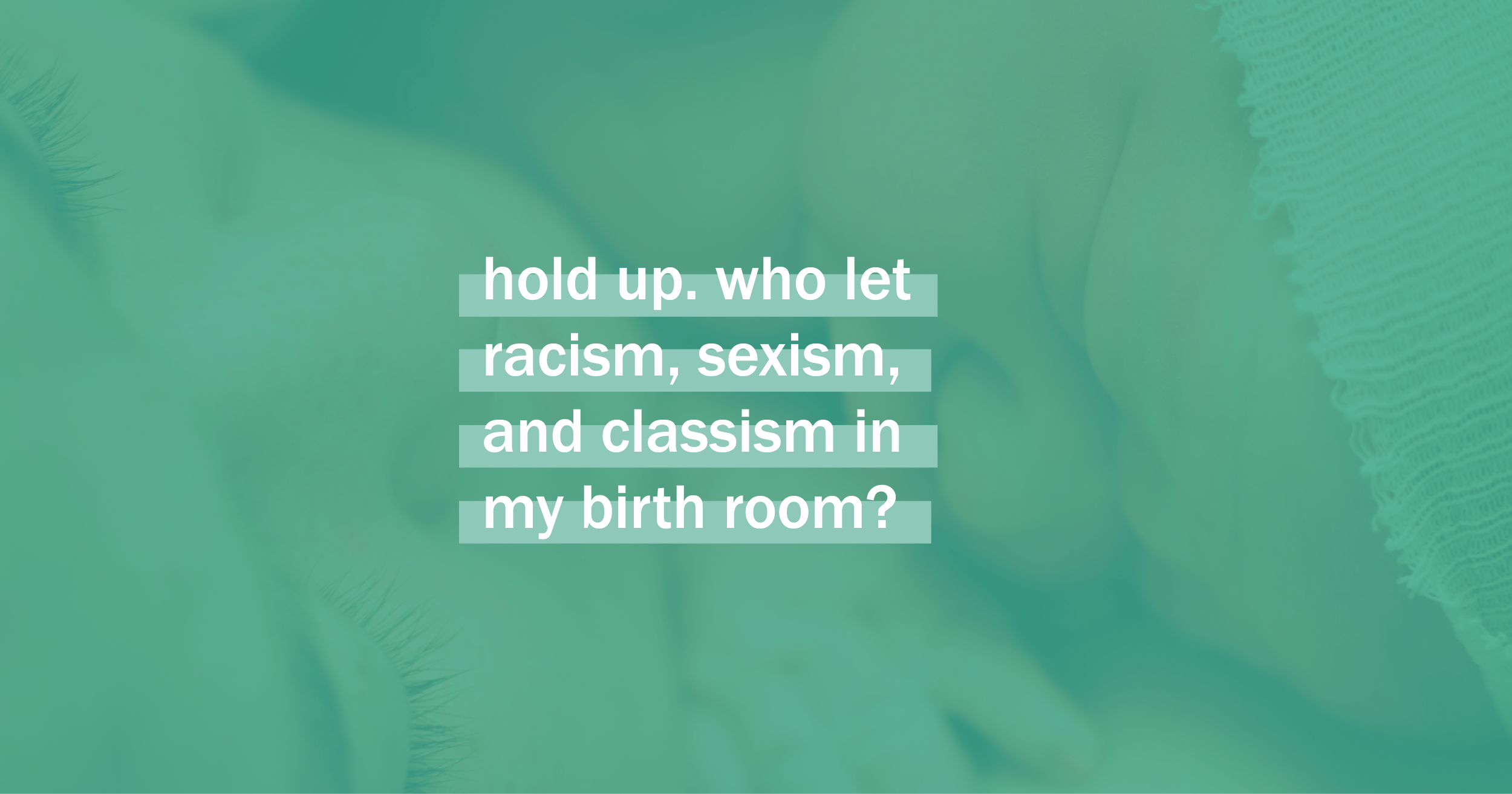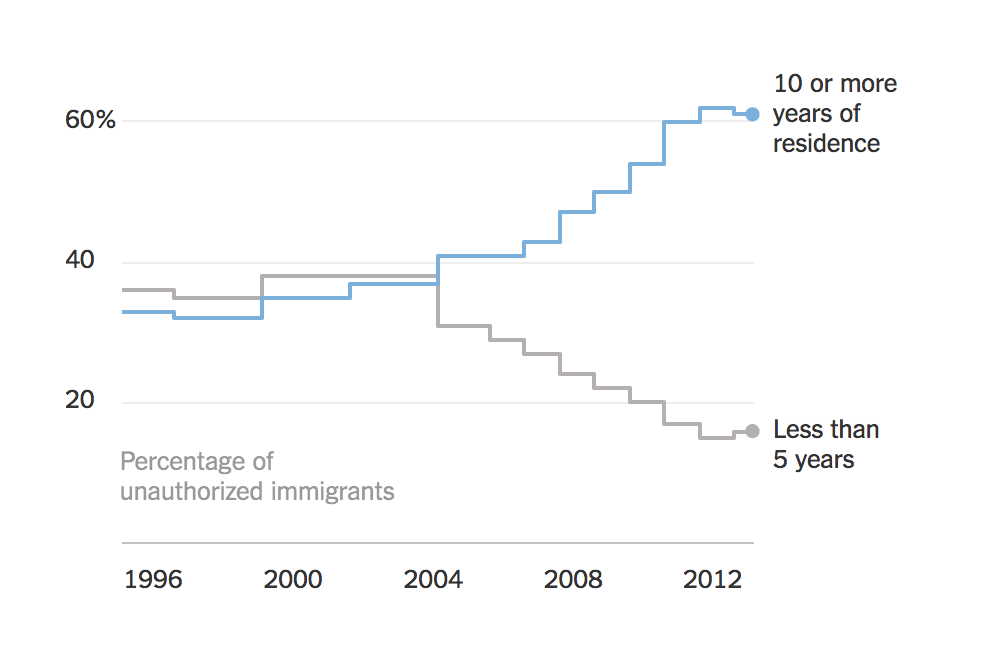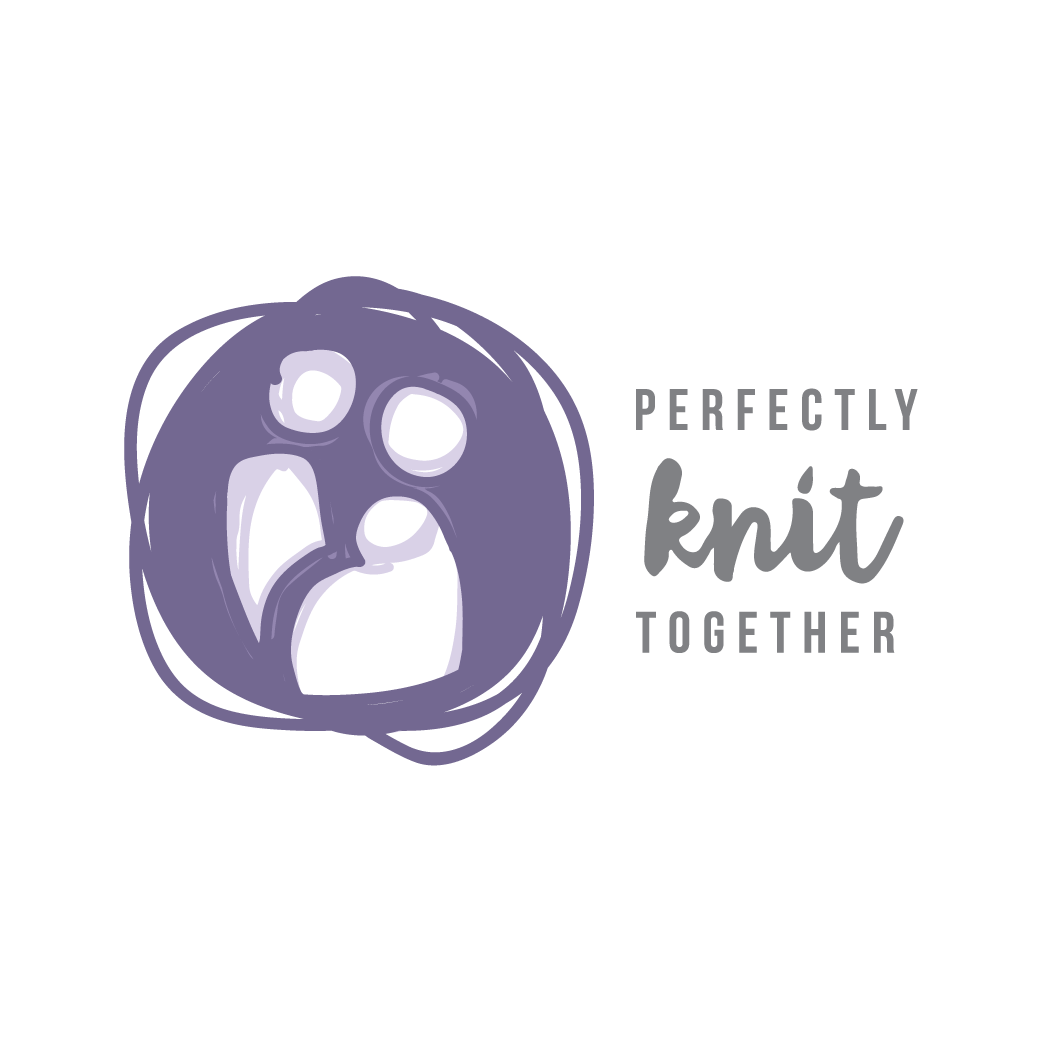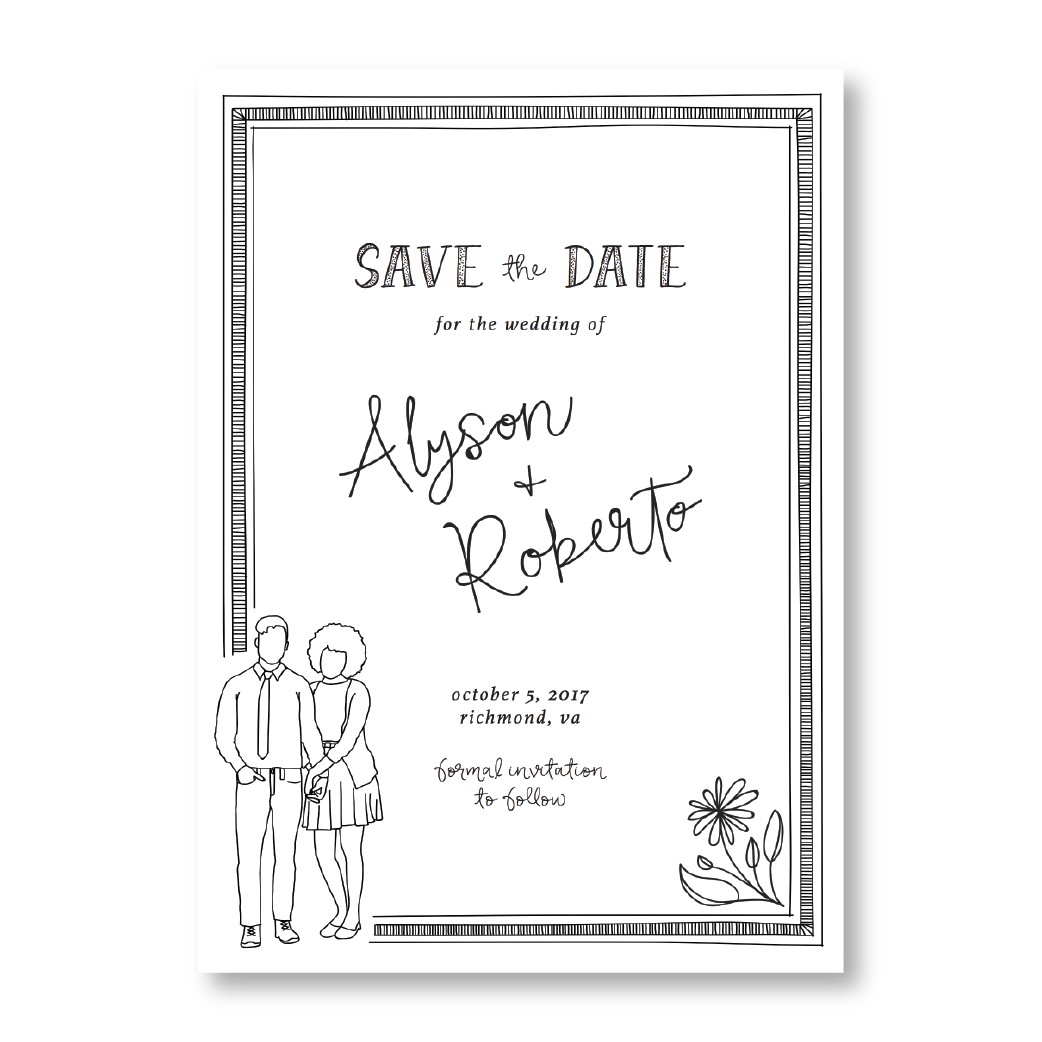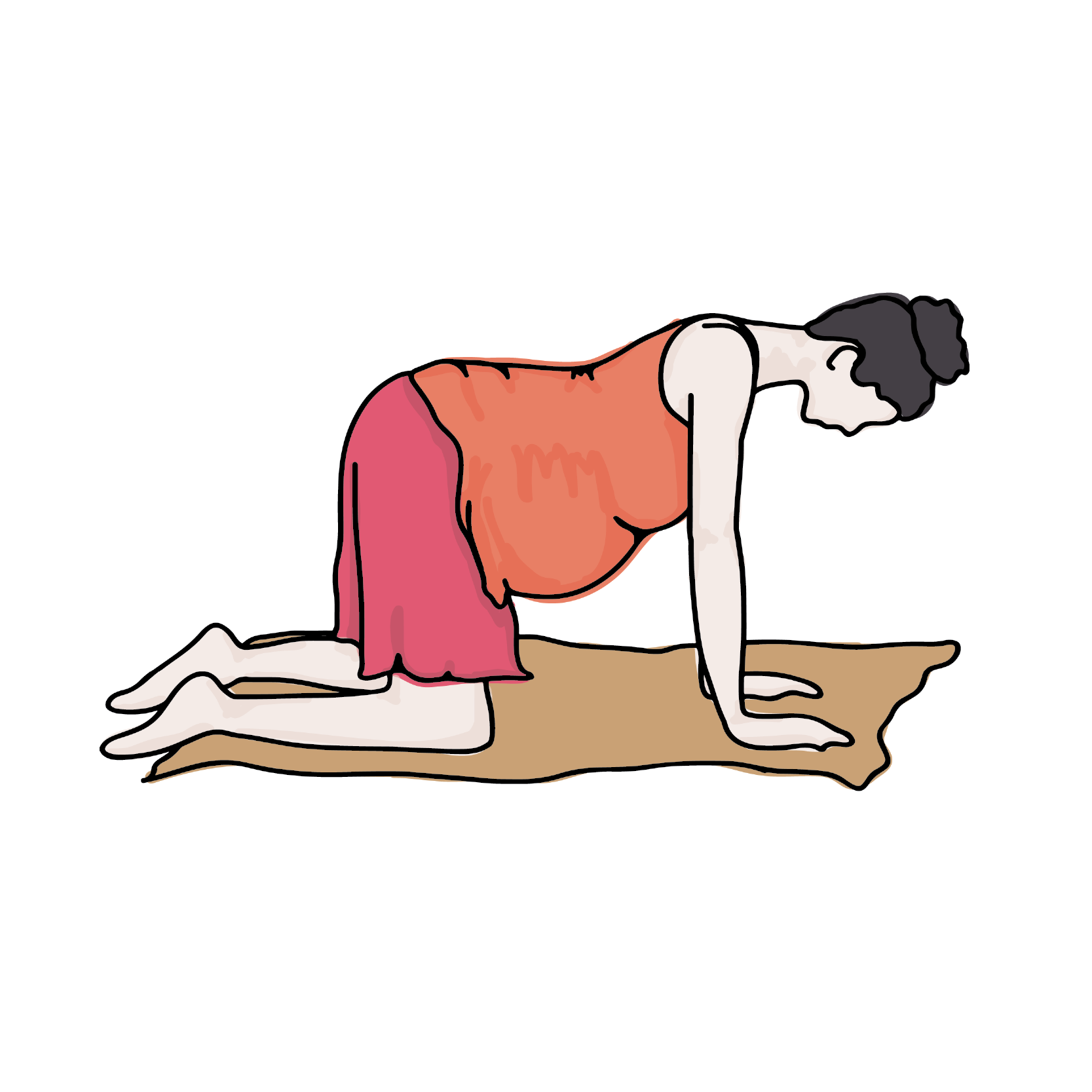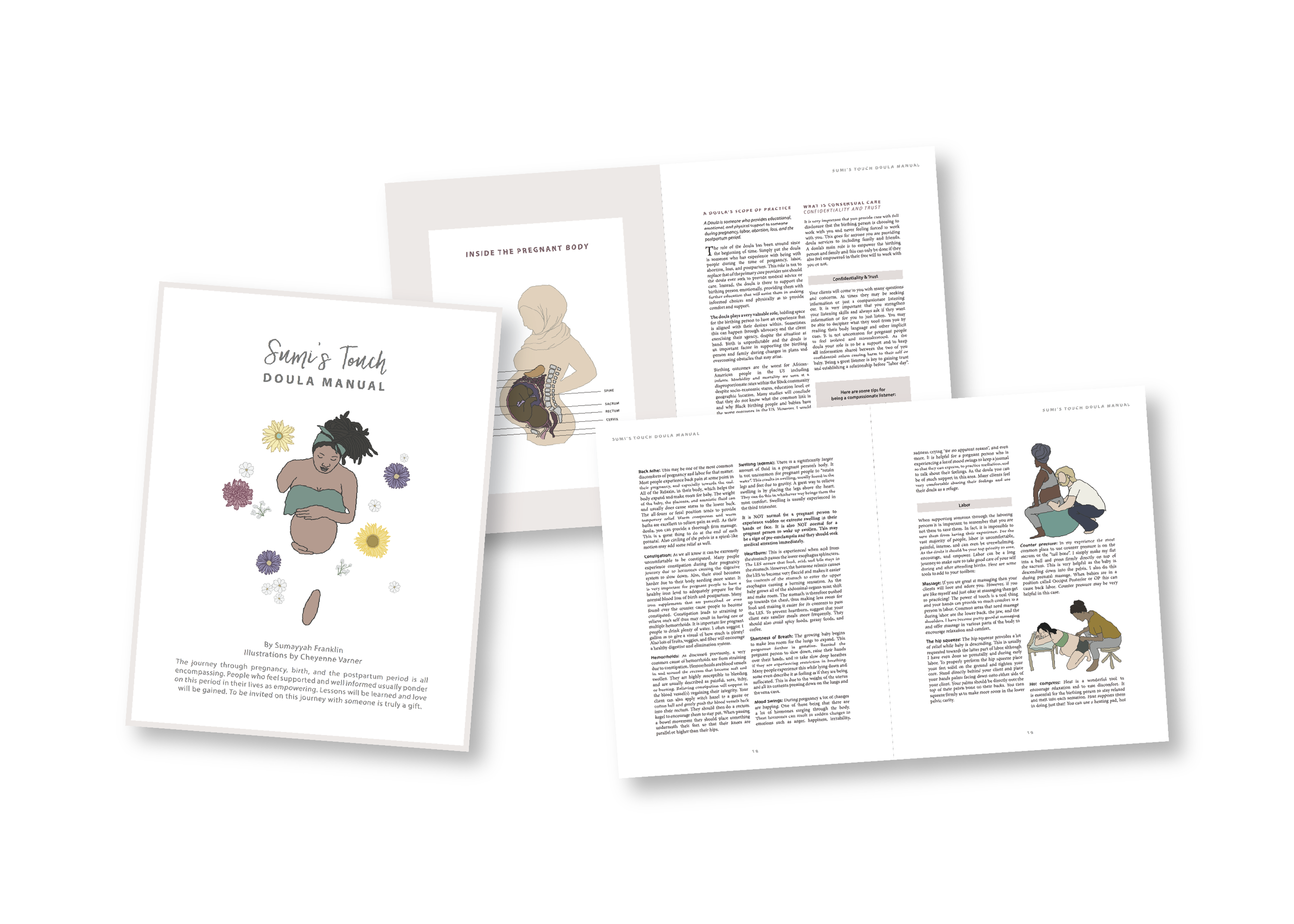6 Documentaries on Birth, Maternal Health and Motherhood
For visual and experiential learners like myself, documentaries are everything. You can give me a book with all the statistics and the stories on a subject, and I'll learn a lot. But let me see a face, hear a voice, and be told the story as I watch — and I'll remember what I've learned a in a lot more detail for a lot longer. So I am so grateful for these documentaries that introduced me to significant information about the state of birth, maternal health and motherhood in the United States today. If you're interested in this issue as well, you don't want to miss these.
The Mama Sherpas
With C-section rates dangerously over 30% in America, are midwives the solution? In recent years, the idea of a “collaborative care” practice where doctors and midwives manage women’s care together has begun to gain traction. Research has demonstrated that collaborative care models produce better outcomes for mother and baby, including fewer C-sections. This film provides an intimate lens into how midwives across the country work within and better the hospital system, redefining how the US looks at the birthing process.
Birth Story: Ina May Gaskin & the Farm Midwives
About a spirited group of women who taught themselves how to deliver babies on a 1970s hippie commune, rescued modern midwifery from extinction, and changed the way a generation thought about childbirth. Today, as nearly 1/3 of all US babies are born via C-section, they labor on, fighting to preserve their knowledge and pushing, once again, for the rebirth of birth.
Death by Delivery
Fusion TV marked International Women's Day this year with Death by Delivery, a searing portrait of the cost of racism in America. See what Fusion's Nelufar Hedayat found while reporting on this systemic problem affecting black women across the country.
The Milky Way
The Milky Way is a documentary exposé about breastfeeding in the United States. We show how women can reclaim their birthright and restore the nursing mother archetype. More than a breastfeeding promotion film, this is a film by, for, and about women. It is about the knowledge that inherently resides in every woman, how to access that knowledge and how to trust what we already know. It is a film that inspires women to say, “I can do that! I want to do that!”
Breastmilk
With unexpected humor, with an unflinching camera, with some guilt and some pain, this film takes the unusual risk of examining what breast milk truly means.
We are often told that breast milk is better. Better for babies, better for mothers, better for nutrition, health, well-being, and society. Many accept this and yet there are still very few women who succeed in breastfeeding exclusively for the recommended six months and beyond. What would it take to change?
The Business of Being Born
Of all the documentaries in this list, this is one you've probably heard of already. I'm still including it!
Birth: it's a miracle. A rite of passage. A natural part of life. But more than anything, birth is a business. Compelled to find answers after a disappointing birth experience with her first child, actress Ricki Lake recruits filmmaker Abby Epstein to explore the maternity care system in America.
BONUS: Why Not Home
Beautiful and informative! I was so honored to support its Kickstarter campaign and attend one of its first screenings in my city.
Why would doctors who attend birth in hospitals choose to have their own babies at home? What do they know about birth that others don't? Told through the lens of doctors, nurses, and midwives, this film examines the latest evidence on risks and rewards of different birth settings. The film presents a balanced and accessible view on the latest research, along with moving personal stories of medical practitioners faced with big decisions for their own growing families.
Are there other documentaries you've watched that should be on this list? Tell me about them in the comments below!

















